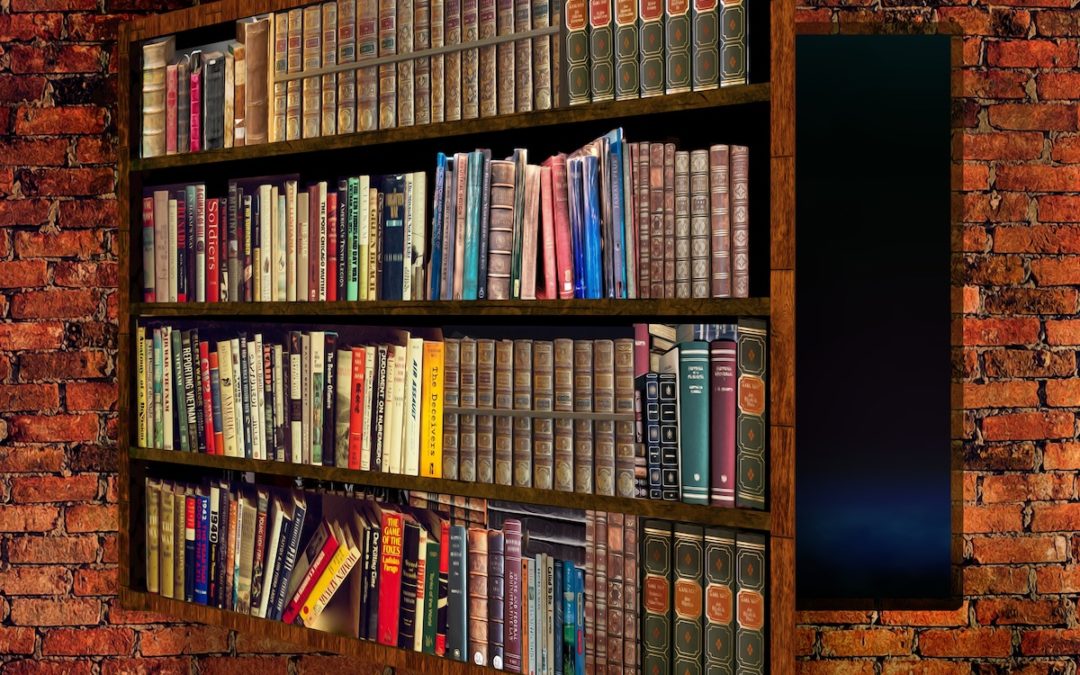With the current lack of stability in the world and the ever-changing weather patterns, more homeowners are including a safe room in their custom floor plans.
A safe room, sometimes called a “panic room” or a “storm shelter,” is a fortified room in a residence that is designed to provide protection for the occupants in the event of an emergency such as a natural disaster, home invasion or terrorist attack.
In recent years, several Honest Abe clients have planned ahead by designing a safe room. In fact, one homeowner, who has for privacy reasons asked to remain anonymous, designed a safe room in his basement about which even those completing construction were not thoroughly informed.
Safe rooms are typically built using materials and construction techniques that are designed to withstand severe weather conditions, forced entry and gunfire. They often include features such as reinforced walls and doors, air filtration systems and communication systems to contact emergency services.
Safe rooms are typically built using materials and construction techniques that are designed to withstand severe weather conditions, forced entry and gunfire. They often include features such as reinforced walls and doors, air filtration systems and communication systems to contact emergency services.
The purpose of a safe room is to provide a secure and safe location for the occupants to take shelter until the emergency situation has passed or until help arrives.
What are the design and construction considerations for such a room?
When designing and building a safe room, there are several important considerations to take into account to ensure that it provides adequate protection for the occupants.
First, the location of the safe room within the residence is important. It should be located on the ground floor, ideally in the center of the residence, and should be easily accessible from all parts of the house.
Structural integrity is also crucial. The walls, floor, and ceiling of the safe room should be made of materials that can withstand high winds, falling debris, and gunfire. This may include using reinforced concrete, steel, or ballistic-resistant materials. The door should be thick, heavy, and have a locking mechanism that is resistant to forced entry.
Another consideration is the air filtration system. Safe rooms often include an air intake and exhaust system to provide fresh air to the occupants while keeping out contaminated air.
Additionally, communication systems are also important. A safe room should have a phone or intercom system that allows occupants to call for help, or a two-way radio to communicate with emergency services. Some rooms may include emergency power supply, backup water and food storage.
All these factors are crucial in ensuring that the safe room provides adequate protection for the occupants in the event of an emergency.
Here is a checklist for equipping a safe room:
- Emergency supplies: A safe room should have a stockpile of emergency supplies such as water, non-perishable food, a first aid kit and a flashlight or other source of light.
- Communication devices: A phone or intercom system for contacting emergency services, or a two-way radio for communication with emergency services and others outside the safe room.
- Emergency power: A backup power supply such as a generator or solar power to ensure that lights, communication systems, and other equipment can still be used in case of a power outage.
- Medical equipment: Medical supplies such as a first aid kit, and an automatic external defibrillator(AED) for CPR in case of cardiac arrest.
- Fire extinguisher: To put out small fires that may occur.
- Personal items: Personal items such as blankets, pillows, and comfortable clothing can help to make the occupants feel more at ease during an emergency situation.
- Entertainment items: Books, board games, etc. that help pass the time while waiting for help to arrive.
- Information: written guidelines, emergency phone numbers, and important documents such as identification papers and insurance policies should be kept in the room.
It is important to note that emergency situations can vary, so make sure to consider what items are specific to your emergency plans and location. It is also important to periodically check and restock supplies.




